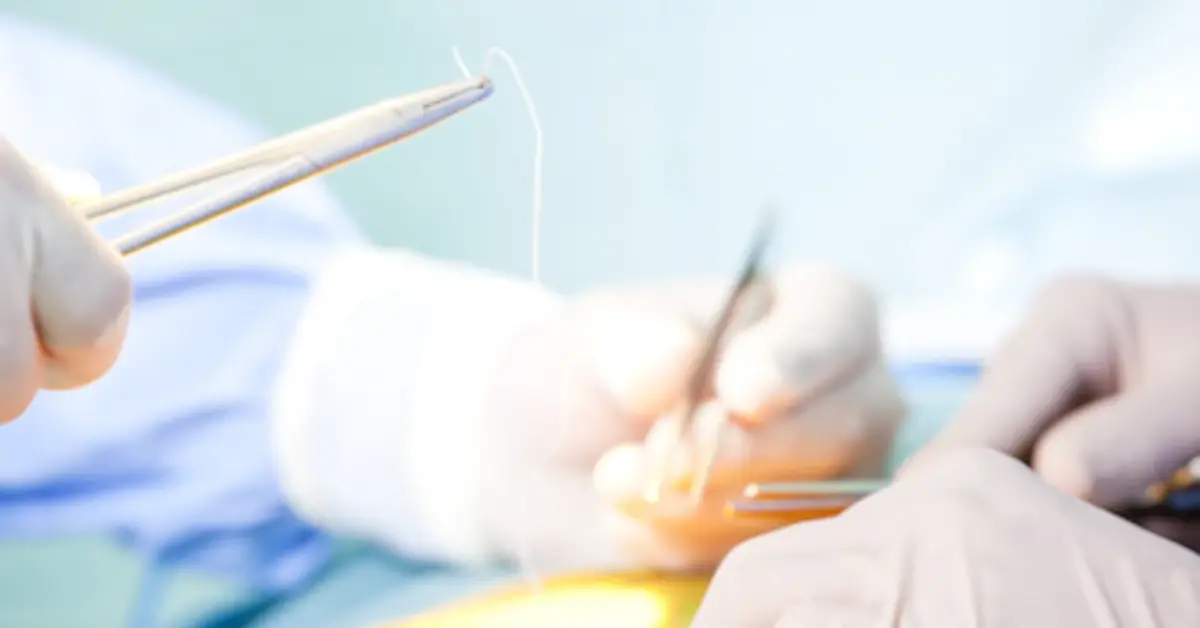This dilemma involves a more complete understanding of the facts and common causes of post-surgical back pain. Actually, and it is no consolation, but 10 to 30 percent of patients who undergo spine surgery each year still have some degree of persistent back or leg pain afterwards.
This persistent pain is often referred to as either Post-Laminectomy Syndrome (PLS) or Failed Back Surgery Syndrome (FBSS). Failed back surgery syndrome (or failed back syndrome, FBS) is not really an accurate term, as it is not really a syndrome, but rather a general term that is often used to describe the condition of patients who believe that they have not had a successful result with back or spine surgery since they experience continued pain after surgery.
There are many reasons that a back surgery may or may not work. Unfortunately, back or spine surgery in and of itself cannot literally cure a patient’s pain. It can only alter the anatomy that is affected by a condition or an injury. These conditions must be properly diagnosed prior to the surgery to ensure that that surgery is effective.
Therefore, the best way to ensure a successful surgery is to consult with an experienced surgeon and to make sure that person has made a clear diagnosis, and that the procedure of choice has a high success rate.
The other thing to consider before one deems back surgery a failure is to realize there are several components of a successful outcome. One is time. Many people do not realize how long the healing process takes. For example, it generally takes at least three months to get a solid fusion, and it can take up to a year after the spine surgery.
Also, the nerve root can take a long time to heal from a lumbar decompression (such as discectomy, microdiscectomy or laminectomy), making it difficult to gauge the outcome of the surgery. The general rule of thumb is to give the healing process at least three months, during which you should be experiencing some level of improvement.
It usually takes far longer for symptoms of numbness / tingling or weakness to resolve, and sometimes it can take up to a year for these symptoms to subside.
The other component to take into consideration is post-operative rehabilitation. Too many times, patients consider surgery in and off itself a ‘cure all.’ However, postoperative physical therapy, including stretching, strengthening and conditioning is a part of any successful back surgery.
Finally, sometimes the explanation for continued pain after surgery is that the patient has a secondary problem that needs to be addressed, or that the problem or condition being operated on was not, in fact, the source of the patient’s pain.
After spine surgery, careful follow-up and rehabilitation is vital. If there is continued pain after surgery despite adequate time to heal and rehabilitate, then further evaluation by an experienced back and spine specialized is warranted.
Dr. Jonathan Lewin of The Center for Musculoskeletal Disorders is highly qualified to diagnose and treat back and spinal disorders, with or without surgery. He is also uniquely equipped to handle complaints of pain following back surgery. That’s because the hallmark of his practice includes a unique and personalized approach in his practice, considering the unique and distinct situation of each individualized patient. His motto is: no two patients are the same, and no two situations are ever quite the same, either.

